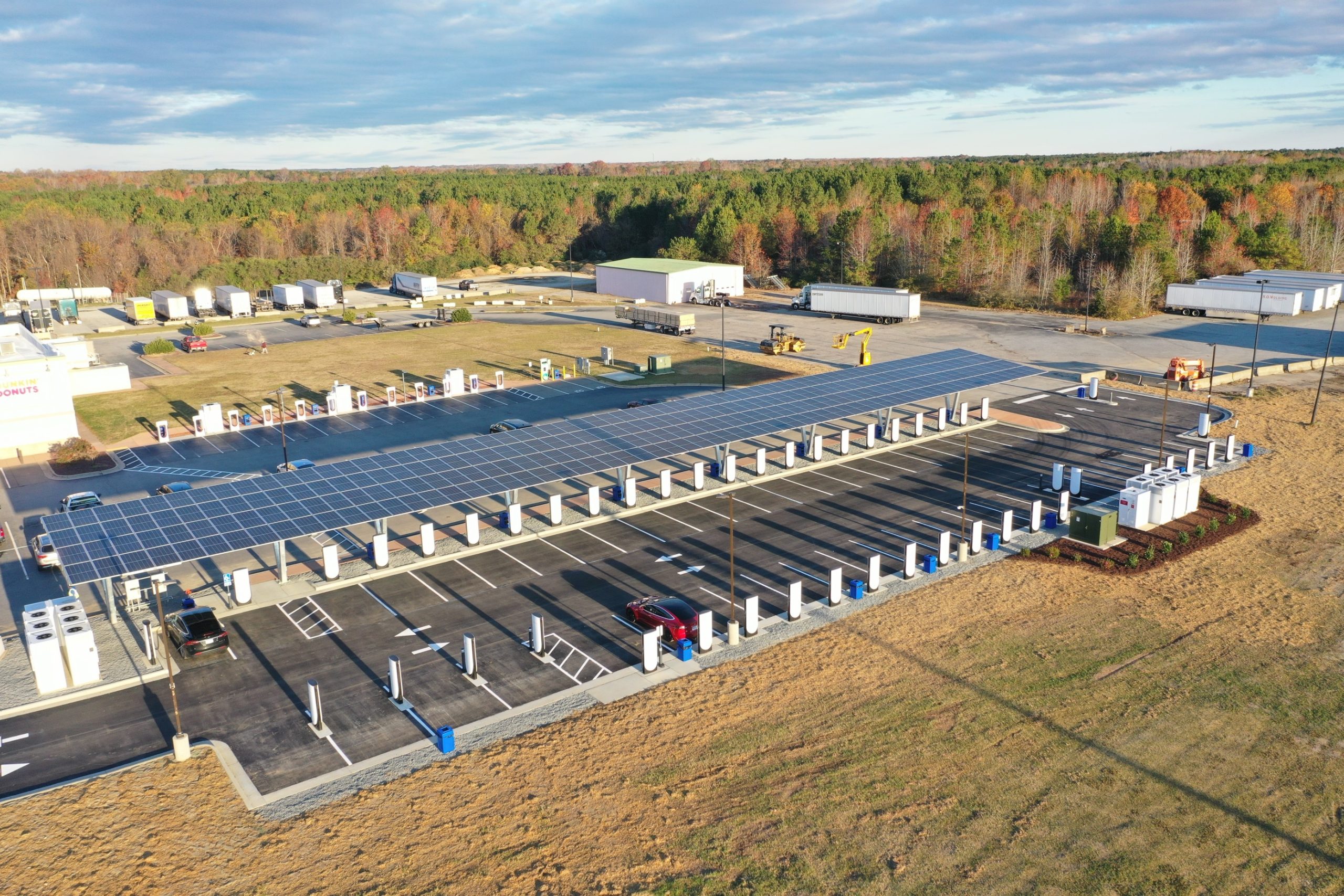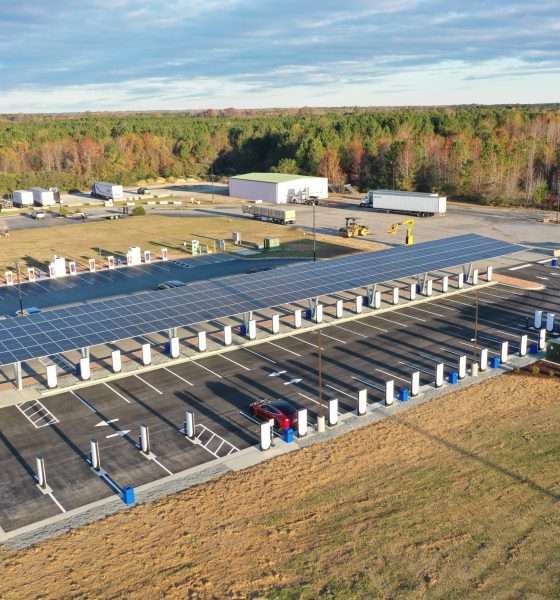Tesla’s Supercharger network hit a record single-day energy consumption the weekend after Thanksgiving, meaning that more electric vehicle (EV) drivers were able to use the chargers in one day than ever before.
The Supercharging network reached a peak single-day consumption of 12 GWh on Saturday, November 30, as confirmed over the weekend by Max de Zegher, Tesla’s Director of North American Charging, in a post on X. The news came in response to some of de Zegher’s insights on recent price reductions in the Supercharger network, and as the company has been rolling out access to the network to the first non-Tesla brands throughout this year.
Tesla Supercharger network leads U.S. toward 2030 charging goal
Tesla Supercharger pricing updates, buildout ramp, faster charging, non-Tesla EV access
As for Supercharger pricing, de Zegher outlined two goals for Tesla following discussion on X highlighting that prices seem to have dropped in both Europe and the U.S. in recent weeks:
- Price low to accelerate EV adoption, we pass on cost efficiencies
- Be financially sustainable to invest in the network, growing dependable freedom to travel
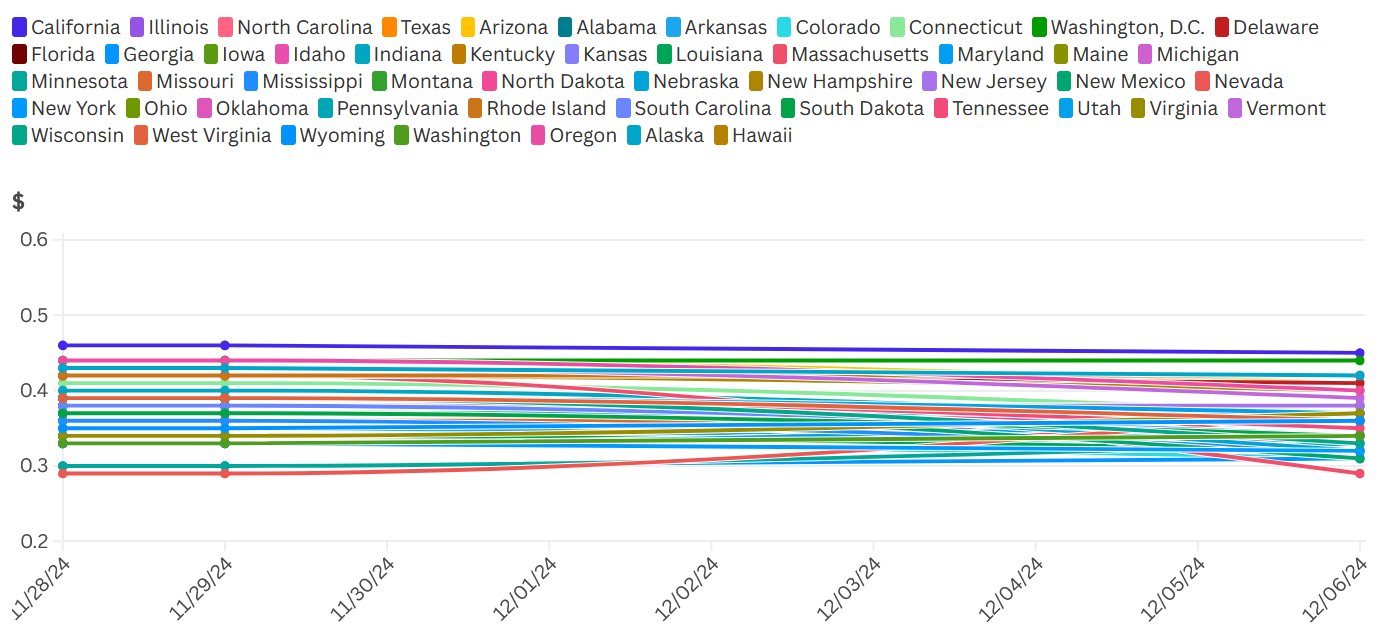
Credit: Electric_Maik | X
Tesla has been ramping up the production and deployment of its Superchargers over the last several years. The company reached its 60,000th individual Supercharger stall worldwide in October, after surpassing 50,000 stalls just over a year earlier last September. Supercharger deployment also seems to have continued at a steady pace this year, despite layoffs affecting the charging team in April. Tesla later walked back some of the layoffs, even going on to re-hire de Zegher.
Earlier during the month of April, Tesla said that its pre-fabricated Supercharger units now take just four days from production to delivery and installation. Last month, de Zegher reiterated the advantages of pre-fab Superchargers, primarily including that it makes installation more quick, higher-quality, and more affordable, while those savings were being passed onto the drivers.
The never-ending hunt for efficiency matters to accelerate the transition to EVs,” de Zegher wrote in a post on X. “This is what shows up on-site: traditional build with excavations (left), vs pre-assembled Superchargers (right).”

Credit: Max de Zegher | X
In addition to the overall network buildout, Tesla officially announced plans to start rolling out V4 Supercharger cabinets in 2025, after beginning to roll V4 charging stalls throughout much of last year. The upgraded cabinets will give drivers charging at V4 stalls access to the higher charging speeds of up to 500 kW for the Cybertruck (or 1.2 MW for Tesla Semi) offered by V4 Supercharger stalls. Although Tesla hinted at this a few months ago with trials of faster charging speeds at select Superchargers, the news has been highly anticipated for years and will soon become a reality.
Tesla has also been working on improvements to the Supercharger network, including the buildout of more pull-through charging sites for vehicles that are towing, as well as making it easier to filter for these sites on the vehicle’s navigation system. Last month, the company also said it was aiming to make stall availability more accurate than ever, along with increasing long Supercharging cables, modifying stations to avoid blocked stalls from non-Tesla EVs with different charge ports, and pushing manufacturers to follow Tesla’s port locations.
In addition, the improvements come as non-Tesla EV brands including Ford, Rivian, General Motors (GM), Volvo, Polestar, and recently Nissan, can now charge at Supercharging stations in North America using an NACS adapter. Although the added EV brands will increase congestion at charging sites, Tesla’s efforts to implement improvements to existing sites and to continue building out the network will likely be felt by Tesla and non-Tesla EV owners alike—and it should definitely continue to help accelerate EV adoption.
What are your thoughts? Let me know at zach@teslarati.com, find me on X at @zacharyvisconti, or send us tips at tips@teslarati.com.
Tesla offers 3 months of free FSD (Supervised), Supercharging for Q4 orders in North America
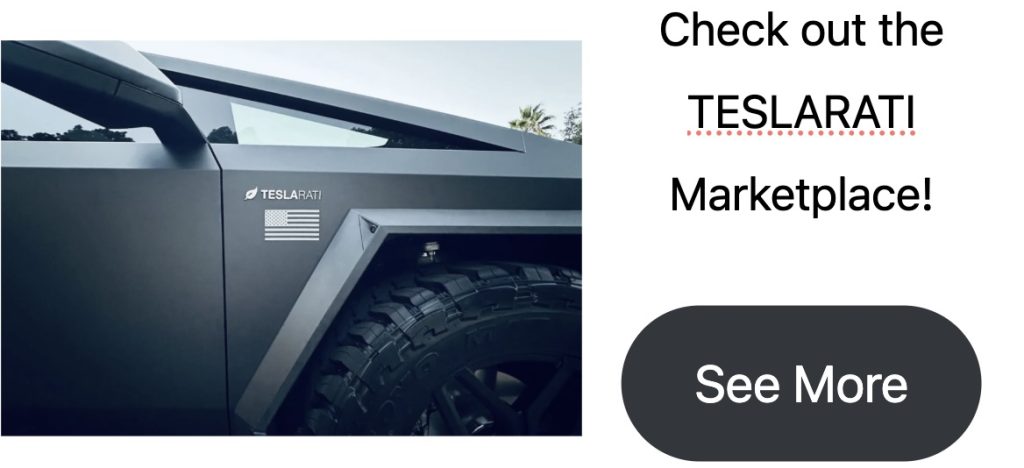
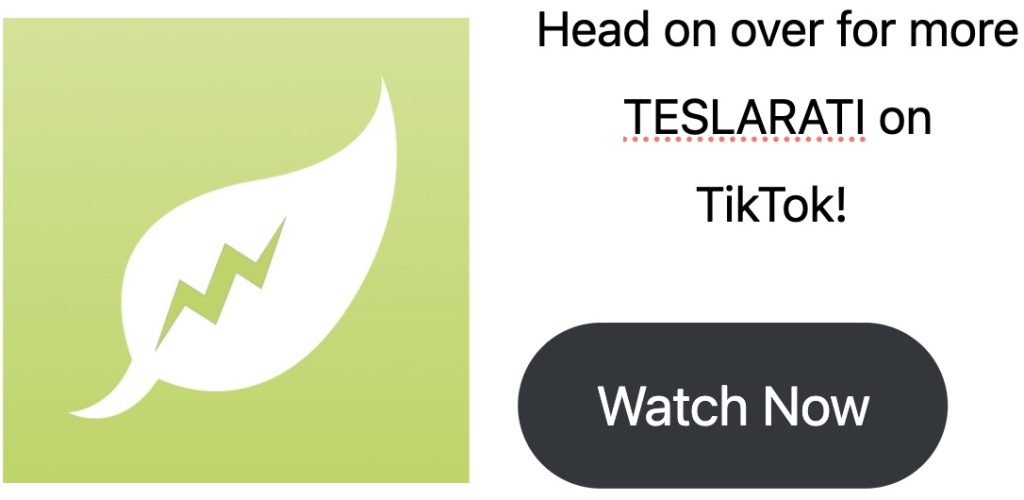

News
Tesla FSD fleet is nearing 7 billion total miles, including 2.5 billion city miles
As can be seen on Tesla’s official FSD webpage, vehicles equipped with the system have now navigated over 6.99 billion miles.

Tesla’s Full Self-Driving (Supervised) fleet is closing in on almost 7 billion total miles driven, as per data posted by the company on its official FSD webpage.
These figures hint at the massive scale of data fueling Tesla’s rapid FSD improvements, which have been quite notable as of late.
FSD mileage milestones
As can be seen on Tesla’s official FSD webpage, vehicles equipped with the system have now navigated over 6.99 billion miles. Tesla owner and avid FSD tester Whole Mars Catalog also shared a screenshot indicating that from the nearly 7 billion miles traveled by the FSD fleet, more than 2.5 billion miles were driven inside cities.
City miles are particularly valuable for complex urban scenarios like unprotected turns, pedestrian interactions, and traffic lights. This is also the difference-maker for FSD, as only complex solutions, such as Waymo’s self-driving taxis, operate similarly on inner-city streets. And even then, incidents such as the San Francisco blackouts have proven challenging for sensor-rich vehicles like Waymos.
Tesla’s data edge
Tesla has a number of advantages in the autonomous vehicle sector, one of which is the size of its fleet and the number of vehicles training FSD on real-world roads. Tesla’s nearly 7 billion FSD miles then allow the company to roll out updates that make its vehicles behave like they are being driven by experienced drivers, even if they are operating on their own.
So notable are Tesla’s improvements to FSD that NVIDIA Director of Robotics Jim Fan, after experiencing FSD v14, noted that the system is the first AI that passes what he described as a “Physical Turing Test.”
“Despite knowing exactly how robot learning works, I still find it magical watching the steering wheel turn by itself. First it feels surreal, next it becomes routine. Then, like the smartphone, taking it away actively hurts. This is how humanity gets rewired and glued to god-like technologies,” Fan wrote in a post on X.
News
Tesla starts showing how FSD will change lives in Europe
Local officials tested the system on narrow country roads and were impressed by FSD’s smooth, human-like driving, with some calling the service a game-changer for everyday life in areas that are far from urban centers.

Tesla has launched Europe’s first public shuttle service using Full Self-Driving (Supervised) in the rural Eifelkreis Bitburg-Prüm region of Germany, demonstrating how the technology can restore independence and mobility for people who struggle with limited transport options.
Local officials tested the system on narrow country roads and were impressed by FSD’s smooth, human-like driving, with some calling the service a game-changer for everyday life in areas that are far from urban centers.
Officials see real impact on rural residents
Arzfeld Mayor Johannes Kuhl and District Administrator Andreas Kruppert personally tested the Tesla shuttle service. This allowed them to see just how well FSD navigated winding lanes and rural roads confidently. Kruppert said, “Autonomous driving sounds like science fiction to many, but we simply see here that it works totally well in rural regions too.” Kuhl, for his part, also noted that FSD “feels like a very experienced driver.”
The pilot complements the area’s “Citizen Bus” program, which provides on-demand rides for elderly residents who can no longer drive themselves. Tesla Europe shared a video of a demonstration of the service, highlighting how FSD gives people their freedom back, even in places where public transport is not as prevalent.
What the Ministry for Economic Affairs and Transport says
Rhineland-Palatinate’s Minister Daniela Schmitt supported the project, praising the collaboration that made this “first of its kind in Europe” possible. As per the ministry, the rural rollout for the service shows FSD’s potential beyond major cities, and it delivers tangible benefits like grocery runs, doctor visits, and social connections for isolated residents.
“Reliable and flexible mobility is especially vital in rural areas. With the launch of a shuttle service using self-driving vehicles (FSD supervised) by Tesla in the Eifelkreis Bitburg-Prüm, an innovative pilot project is now getting underway that complements local community bus services. It is the first project of its kind in Europe.
“The result is a real gain for rural mobility: greater accessibility, more flexibility and tangible benefits for everyday life. A strong signal for innovation, cooperation and future-oriented mobility beyond urban centers,” the ministry wrote in a LinkedIn post.
News
Tesla China quietly posts Robotaxi-related job listing
Tesla China is currently seeking a Low Voltage Electrical Engineer to work on circuit board design for the company’s autonomous vehicles.

Tesla has posted a new job listing in Shanghai explicitly tied to its Robotaxi program, fueling speculation that the company is preparing to launch its dedicated autonomous ride-hailing service in China.
As noted in the listing, Tesla China is currently seeking a Low Voltage Electrical Engineer to work on circuit board design for the company’s autonomous vehicles.
Robotaxi-specific role
The listing, which was shared on social media platform X by industry watcher @tslaming, suggested that Tesla China is looking to fill the role urgently. The job listing itself specifically mentions that the person hired for the role will be working on the Low Voltage Hardware team, which would design the circuit boards that would serve as the nervous system of the Robotaxi.
Key tasks for the role, as indicated in the job listing, include collaboration with PCB layout, firmware, mechanical, program management, and validation teams, among other responsibilities. The role is based in Shanghai.
China Robotaxi launch
China represents a massive potential market for robotaxis, with its dense urban centers and supportive policies in select cities. Tesla has limited permission to roll out FSD in the country, though despite this, its vehicles have been hailed as among the best in the market when it comes to autonomous features. So far, at least, it appears that China supports Tesla’s FSD and Robotaxi rollout.
This was hinted at in November, when Tesla brought the Cybercab to the 8th China International Import Expo (CIIE) in Shanghai, marking the first time that the autonomous two-seater was brought to the Asia-Pacific region. The vehicle, despite not having a release date in China, received a significant amount of interest among the event’s attendees.
